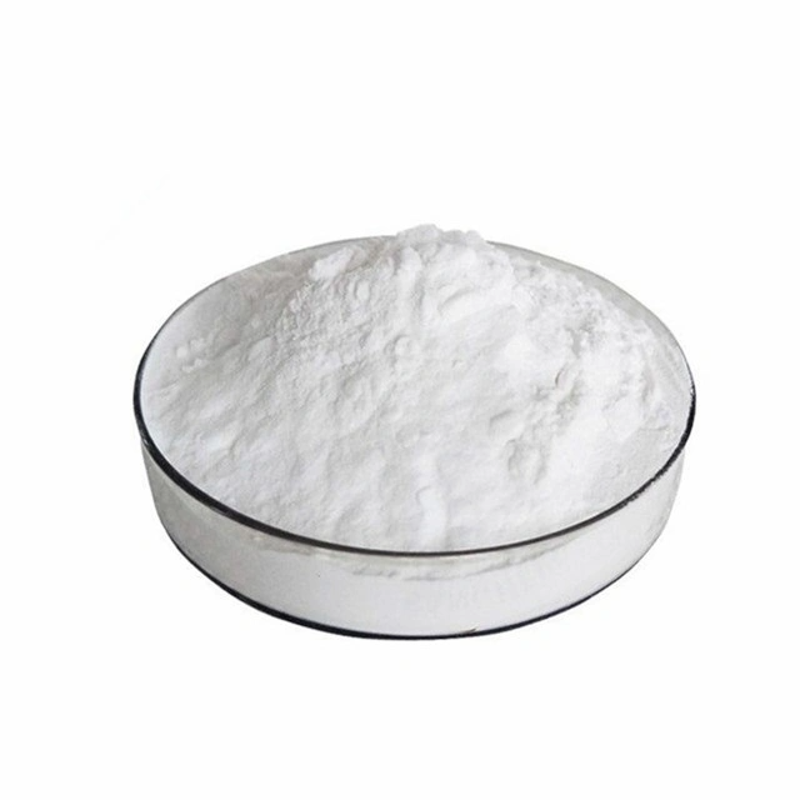High-resolution MRI-QSM imaging technology for clearer STN images
-
Last Update: 2020-06-27
-
Source: Internet
-
Author: User
Search more information of high quality chemicals, good prices and reliable suppliers, visit
www.echemi.com
Ref: Dimov AV, et alJ Neurosurg2018 Aug 10:1-8doi: 10.3171/2018.3.JNS172145thethe hypothalamic nucleus ( STN) plays an important role in integrating the information coming out of the substrate and controlling motor behaviorTherefore, STN is the main target for deep brain stimulation (DBS) for the treatment of Parkinson's disease (PD)Due to the special location and small size of stnituatorST, precise positioning of STN cores is the key to surgical successSTN is rich in iron, which not only acts as a cofactor to help produce glutamate that promotes nerve conduction, but also provides good tissue contrast in MRI imagingTherefore, the STN nucleus is located before DBS operation by MRI's spin echo T2 weighted sequence (spin echo T2-weighted, T2w) imagingin recent years, it has been found that MRI gradient echo sequence (GRE) identifies STNs more sensitive than T2w sequencesThe GRE magnetic pitch has A T2-low density sensitivity to iron, and the GRE phase is proportional to the magnetic field generated by the iron in the tissueThe magnetic pitch and phase signals in the same area are affected by the iron distribution in the surrounding tissue, and theMR quantitative magnetic sensitivity imaging (quantitative echo,qSM) based on the gradient echo sequence can be removed from the background by phase information, making the STN real and clearly visibleResearch by Alexey VDimov of Cornell University School of Medical Bioengineering in Ithaca, New York, USA, uses MRI high-resolution QSM imaging methods to identify and distinguish STN nuclear groups of gray-depth structuresThe findings were published online in the August 2018 issue of J Neurosurgthe study recruited seven healthy volunteers for MRI scans, processed T2w and QSM images, and performed three-dimensional reconstructions at different resolutionsRadiologists analyze image quality by 5-point analysis and rate the visibility of STN anatomical structures to compare the imaging effects of T2w and QSM imagesAt the same time, the researchers randomly selected 10 Parkinson's patients who had been targeted by MRI in DBS surgery between May and August 2016, and obtained only GRE data and analyzed their STN core group productand magnetic sensitivity gradients in detailresults show that high contrast noise ratios (CNR) can be obtained in both high-resolution and low-resolution MRI-QSM imagesThe CNR value of high-resolution QSM image is significantly higher than that of low-resolution QSM image, but there is no significant difference in CNR value between different resolutions in T2w imageThe results of image analysis show that QSM obtains better image contrast (contrast ratios, CR) compared with T2w, and can obtain image information of magnetically sensitive gradients (Figure 1)Figure 1An MRI-T2w comparison with the image information of QSM in 1 case of healthy 33-year-old maleThe sensitivity of the low-resolution QSM is reduced, resulting in a significant decrease in the contrast of the rear outer quadrant (dotted arrow) of the STN, and unlike T2w, QSM clearly displays magnetic sensitive gradient informationthe authors finally point out that compared with traditional MRI-T2w sequence imaging, high-resolution MRI-QSM obtains better image contrast, can accurately and clearly locate STN, and has important clinical significance and broad application value to improve the efficacy of DBS in the treatment of Parkinson's disease(Compiled by Hu Kejia,of Ruijin Hospital, affiliated with Shanghai Jiaotong University Medical School, and, Professor Chen, Professor of The Outside Information, and Professor Chen Guancheng,of Fudan University' Affiliated With The University of China)
This article is an English version of an article which is originally in the Chinese language on echemi.com and is provided for information purposes only.
This website makes no representation or warranty of any kind, either expressed or implied, as to the accuracy, completeness ownership or reliability of
the article or any translations thereof. If you have any concerns or complaints relating to the article, please send an email, providing a detailed
description of the concern or complaint, to
service@echemi.com. A staff member will contact you within 5 working days. Once verified, infringing content
will be removed immediately.







